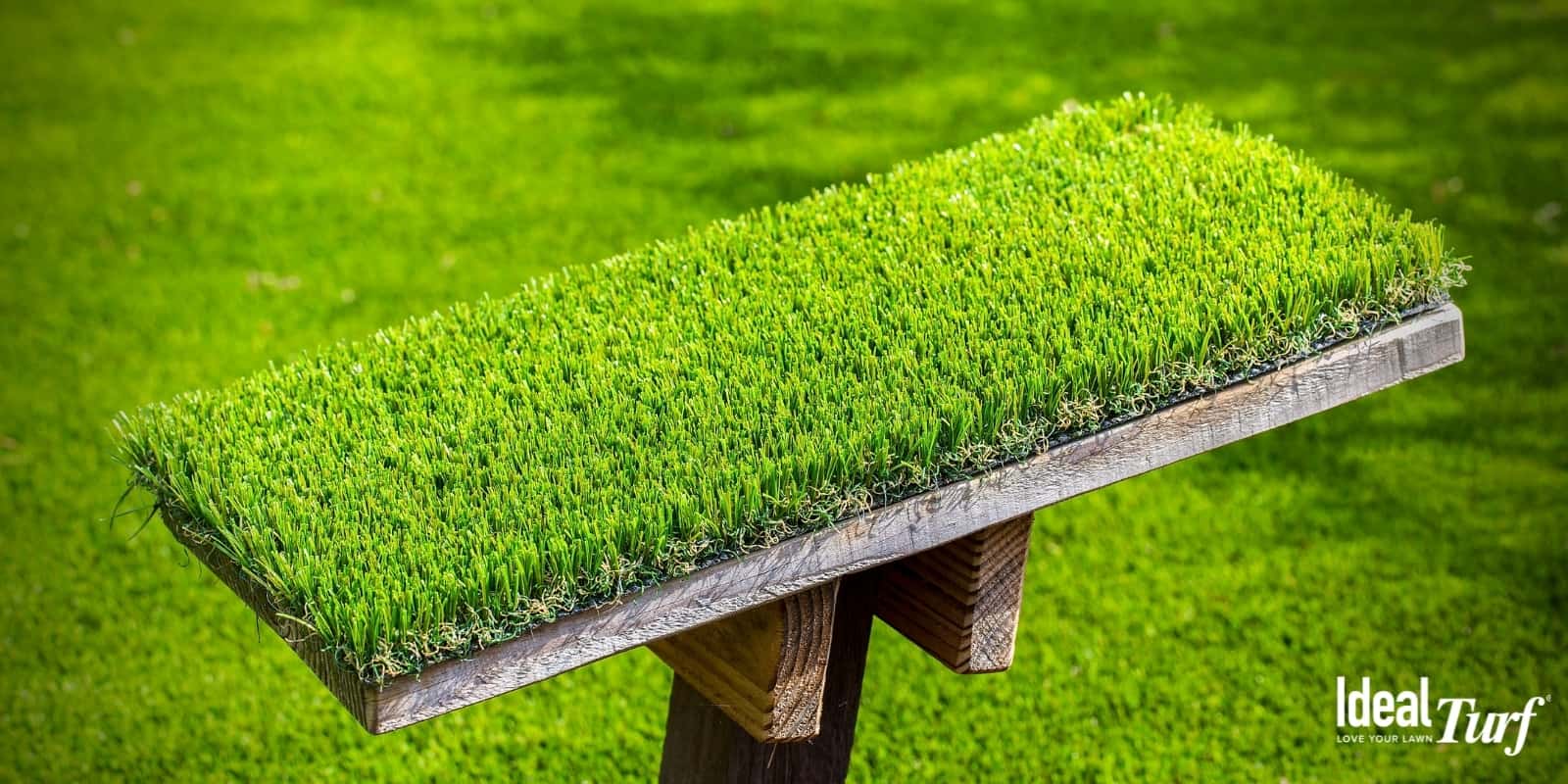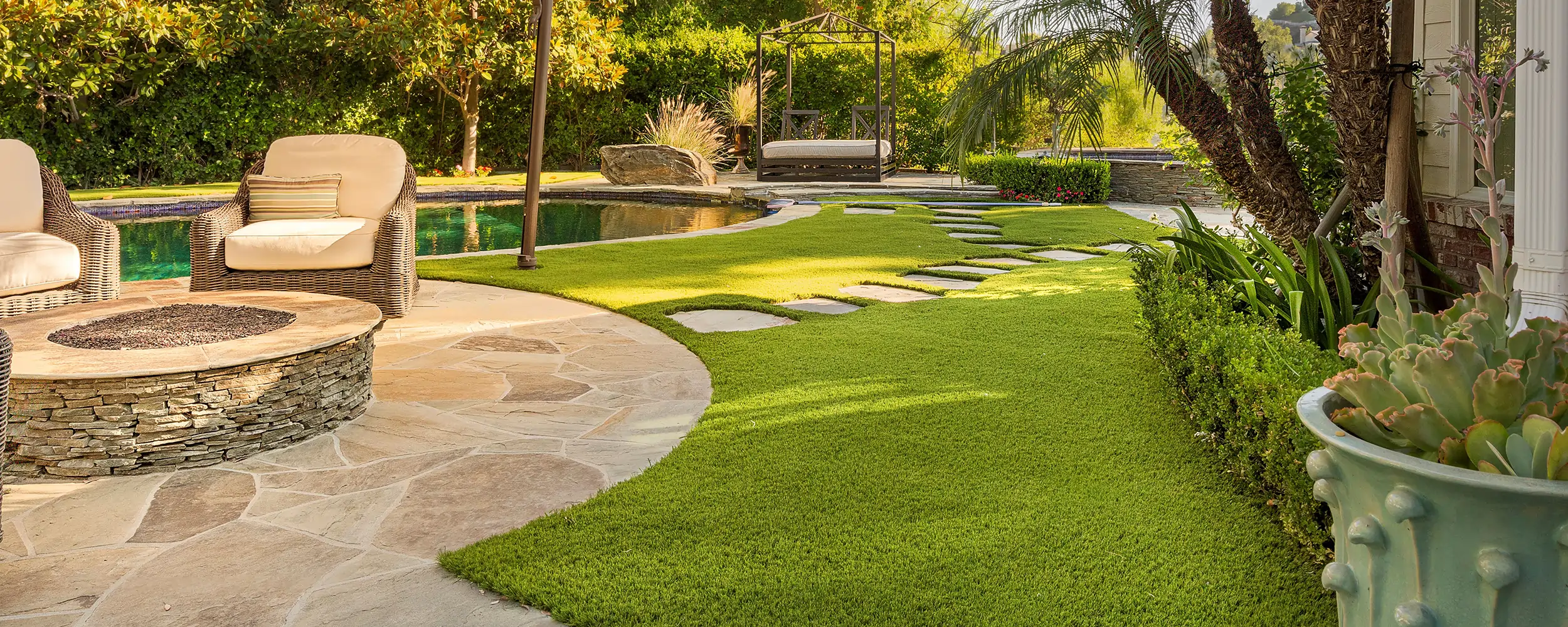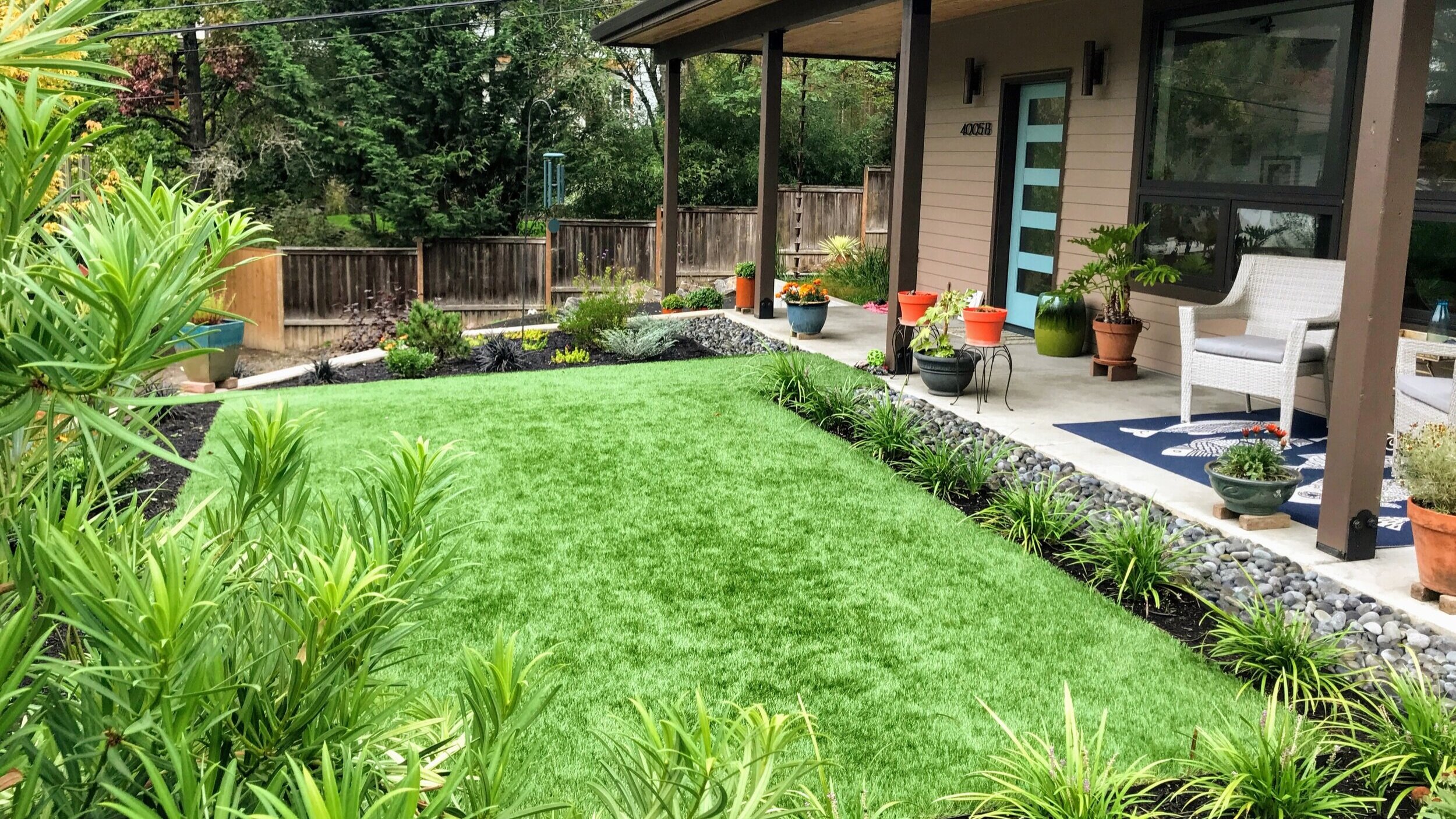Highly-Ranked Phoenix Turf Companies Focusing on Synthetic Grass Options
Highly-Ranked Phoenix Turf Companies Focusing on Synthetic Grass Options
Blog Article
Explore the Environmental Benefits of Opting for Synthetic Grass Solutions
The fostering of artificial grass remedies presents an engaging possibility to address pressing environmental difficulties. By significantly decreasing water usage and lessening the application of harmful chemicals, these options not just advertise lasting landscaping but also safeguard regional ecosystems.
Water Conservation Advantages
One of the most considerable benefits of synthetic grass is its capacity to preserve water. Traditional turf lawns need considerable watering, specifically in areas prone to drought or water restrictions. In comparison, synthetic grass does not require watering, substantially decreasing the total need for water sources. This function is especially helpful in deserts where water shortage is a pressing concern.
By eliminating the demand for routine watering, synthetic grass adds to sustainable landscape techniques and assists minimize the environmental influence of extreme water intake. Additionally, the conservation of water encompasses the decrease of runoff, which can bring about soil disintegration and river contamination.
Additionally, the installment of synthetic lawn enables municipalities and home owners to allot water resources extra efficiently, focusing on crucial uses such as drinking water and farming. The change in the direction of synthetic grass not just advertises responsible water usage however additionally straightens with broader environmental objectives intended at maintaining natural deposits.
As areas increasingly focus on sustainability, the water preservation advantages of artificial turf provide a compelling situation for its fostering in industrial and household landscape design tasks.
Reduced Chemical Usage
The transition to synthetic grass substantially lowers the dependence on chemical therapies commonly made use of in all-natural grass maintenance. Traditional lawn administration usually entails the application of chemicals, plant foods, and herbicides to promote development and control insects. These chemicals can present threats to human health, regional wild animals, and the setting, contributing to dirt and water contamination.
In comparison, fabricated lawn removes the need for these hazardous substances. By decreasing the launch of artificial substances into the ecosystem, man-made turf promotes healthier dirt and water systems.
Moreover, the lack of chemical runoff related to man-made grass installations helps protect neighborhood waterways from air pollution, sustaining marine life and maintaining biodiversity. Arizona turf. As neighborhoods significantly prioritize lasting practices, choosing fabricated lawn provides a sensible solution that straightens with environmental conservation goals. Via this shift, homeowner can appreciate lavish environment-friendly rooms without compromising eco-friendly health and wellness, leading the way for a much more sustainable future
Reduced Carbon Footprint

In addition, the installment of synthetic grass can result in considerable water preservation. Natural yards call for significant quantities of water for watering, which not just includes to the carbon footprint related to water removal and therapy but additionally pressures local water resources. In contrast, synthetic lawn requires marginal maintenance, needing no watering, thereby dramatically decreasing water use and its associated energy expenses.
Additionally, the Visit Website long life of synthetic grass adds to its reduced carbon influence. With a lifespan of approximately 15 years or even more, the need for regular substitutes is reduced, resulting in less waste and reduced power consumption in manufacturing and throwing away traditional lawn options. Overall, synthetic grass presents a sustainable choice for eco aware landscape design.
Environment Preservation
Habitat preservation is a vital consideration in the discussion over landscape design choices, specifically when contrasting synthetic turf to natural lawn. Natural turf lawns often call for considerable upkeep, consisting of using herbicides, fertilizers, and chemicals, which can detrimentally influence neighborhood ecosystems. These chemicals can seep right into the dirt and rivers, harming native vegetation and animals and interfering with local habitats.
Synthetic lawn removes the requirement for hazardous chemicals, thereby shielding neighboring wild animals and preserving the honesty of surrounding ecological communities. The installment of man-made turf can lead to the conversion of previous grass areas into more biodiverse landscapes, such as pollinator gardens or indigenous plant locations, which can support neighborhood wild animals.
Ultimately, the shift to synthetic grass not only conserves water and reduces maintenance efforts yet additionally fosters a more unified connection between human activities and the all-natural atmosphere, advertising habitat preservation at the same time.
Long-Term Sustainability
Long-term sustainability is an important consider assessing the advantages of fabricated grass over typical lawn lawns. Among one of the most substantial advantages of synthetic grass is its durability; it see here now can last up to 15-20 years with marginal maintenance, whereas natural lawn needs regular reseeding and substitute. This durability decreases the requirement for continuous sources, such as water, plant foods, and chemicals, which are essential for preserving a healthy turf yard.
In addition, synthetic grass adds to a reduction in carbon emissions related to grass care tools. Conventional yards often need gas-powered mowers, leaners, and blowers, all of which add to air pollution. Phoenix turf companies. In contrast, artificial grass removes the demand for such devices, advertising a cleaner environment
In addition, the production of fabricated turf increasingly utilizes recycled products, boosting its sustainability profile. As manufacturers adopt environmentally friendly methods, the ecological impact of synthetic lawn continues to decrease.

Verdict
The adoption of synthetic grass services provides significant ecological advantages, consisting of considerable water preservation, reduced reliance on dangerous chemicals, and a reduced carbon impact. In addition, synthetic lawn help in protecting all-natural environments by reducing land disturbance and promoting long-lasting sustainability through using resilient materials. Jointly, these variables underscore the potential of artificial turf to contribute favorably to environmental health and provide a viable alternative to typical landscape design methods in read review a progressively resource-conscious globe.
In contrast, fabricated lawn does not require watering, significantly decreasing the general need for water sources. By decreasing the launch of synthetic substances right into the community, artificial lawn promotes healthier dirt and water systems.
Additionally, the setup of artificial turf can result in significant water conservation. In comparison, artificial grass needs very little maintenance, requiring no watering, therefore considerably decreasing water usage and its connected energy expenses.

Report this page